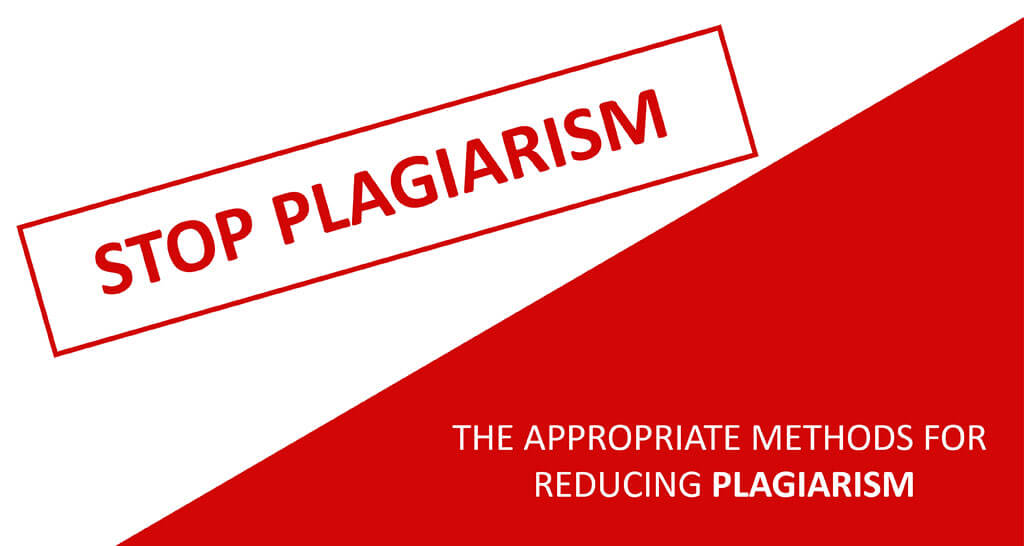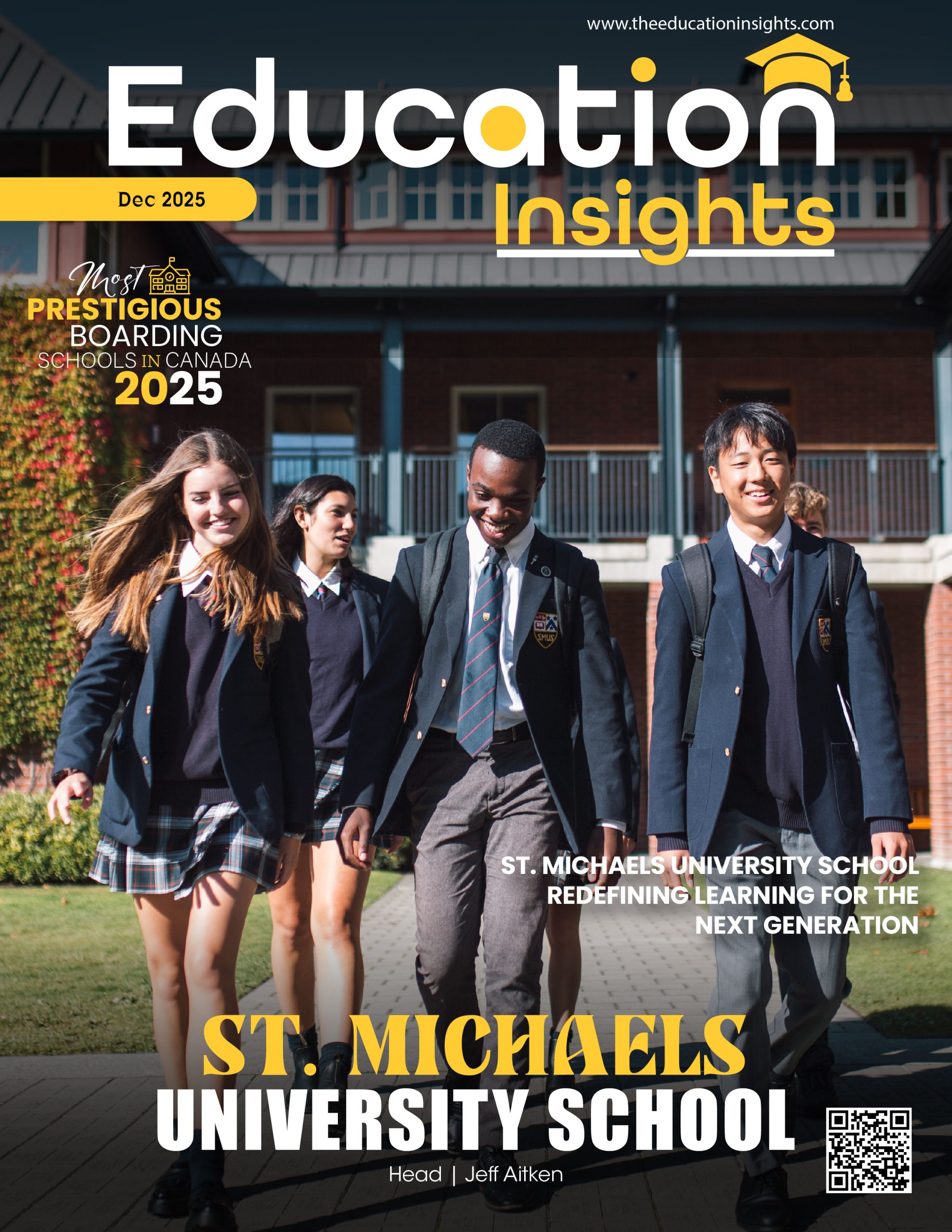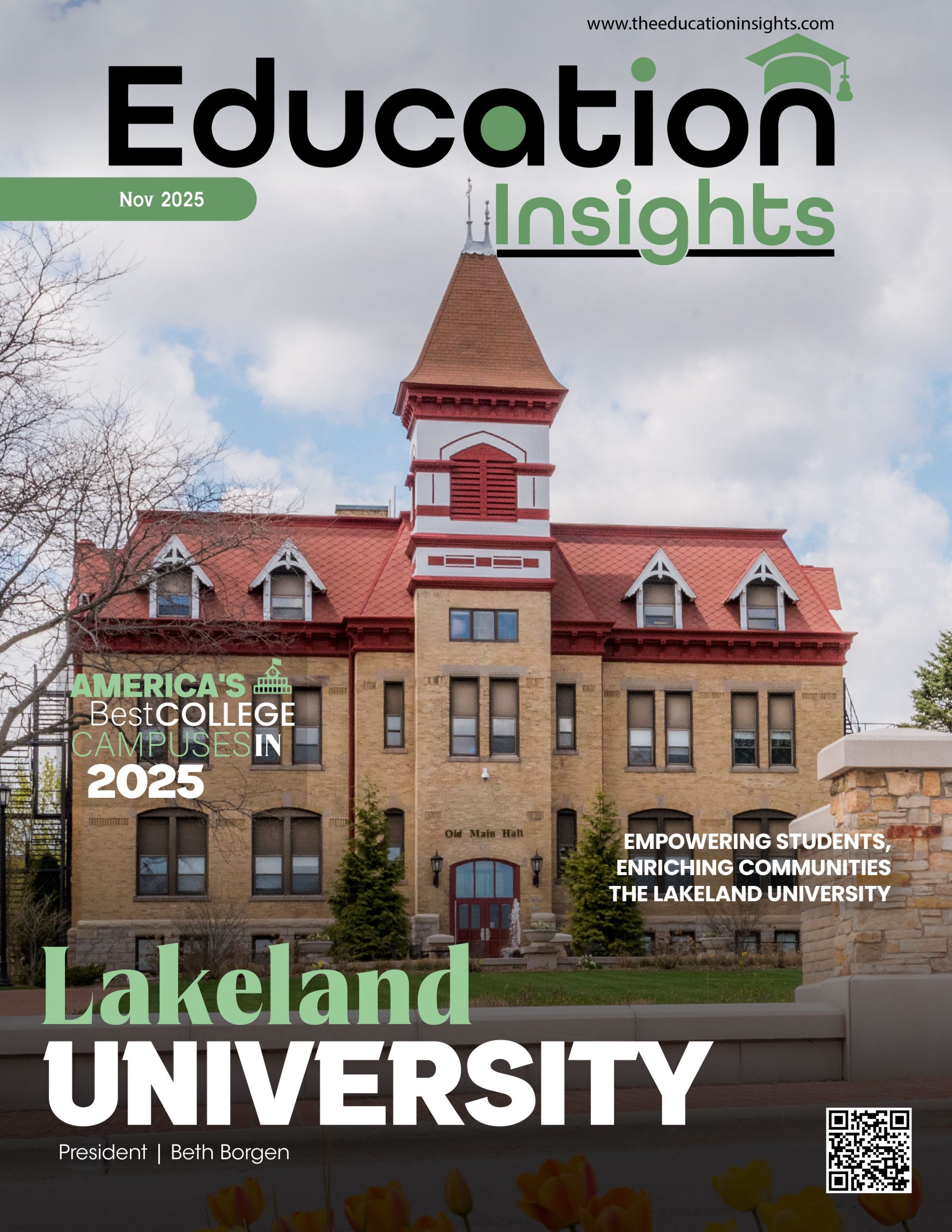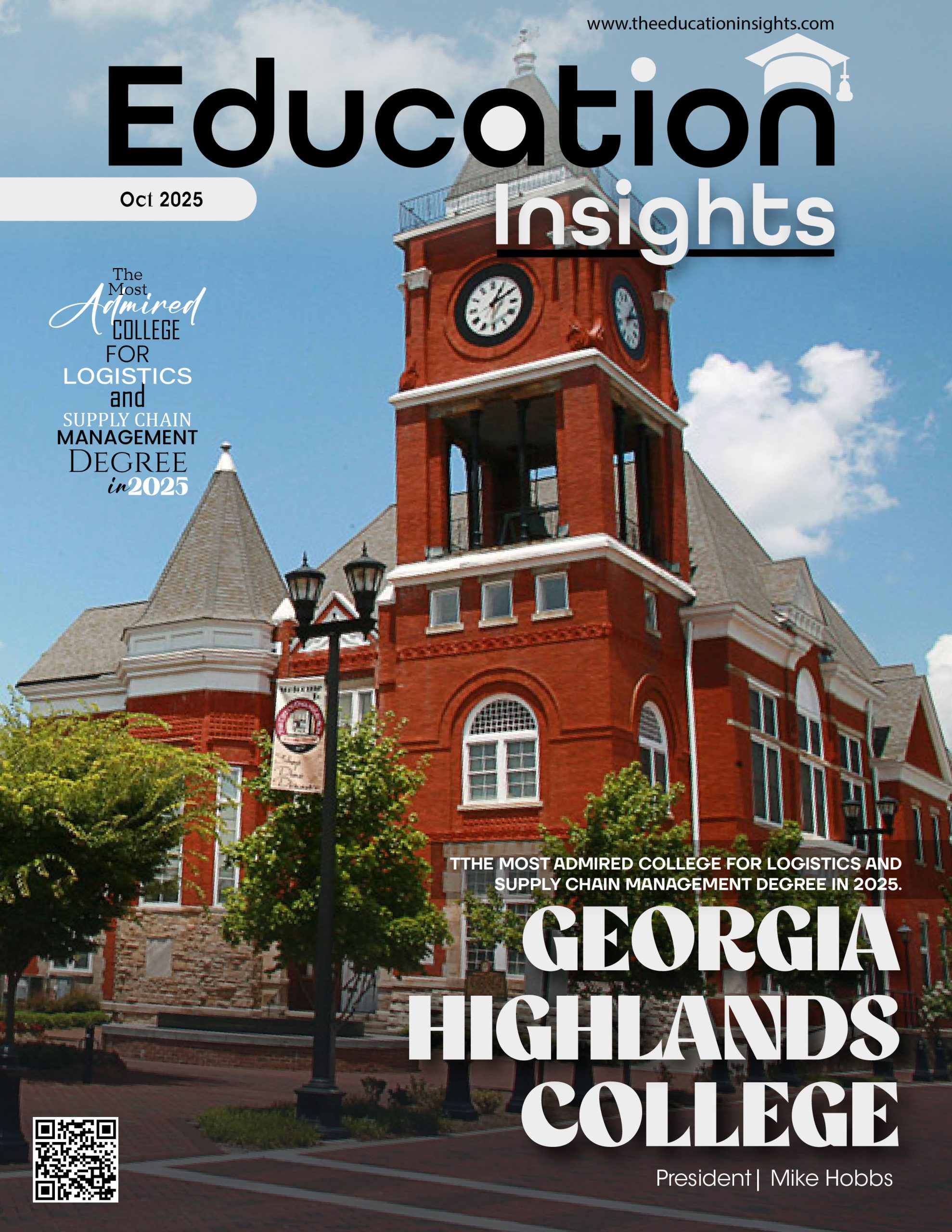Plagiarism is not limited to the use of words alone; it can also refer to the insertion of a diagram or even a photograph taken from another source without proper attribution, as well as the use of the ideas or methods of another person. Not borrowing something is unethical in and of itself; what is unethical is borrowing something without attribution or acknowledgment. After all, science is fundamentally constructed piece by piece, primarily through the efforts of researchers who build upon or advance the work of their contemporaries both in the present and in the past.
There are many different types of plagiarism.
- Source (and self-plagiarism is one such category)
- The level of plagiarism (copying the original text word for word is an example of verbatim plagiarism, while scattered or “mosaic” plagiarism refers to copying small pieces of text that occur throughout the body of a research paper)
- Plagiarised material of a particular kind (copying an image or any form of illustration, a table, an equation developed explicitly by another researcher, etc.)
- Intention or absence of it (plagiarism is considered intentional when the person who commits it does it knowingly, and unintentional when the person is unaware of what constitutes plagiarism), and so on are all examples of this.
It is not the specific form of plagiarism that is relevant; various authorities have categorized it differently and into various categories; what is more important is avoiding it. The following are some strategies to help you avoid plagiarism:
- Give yourself a sufficient amount of time for writing and revising. It is much quicker to copy and paste than generate new text. This is the most common justification given for why many academics engage in the practice of plagiarism. Writing is not only challenging but also tedious and time-consuming. Keep in mind that many journals make it a habit of checking every new manuscript for instances of plagiarism. If your submission is turned down because of this reason, you will have wasted valuable time. When taking notes, you should make every effort to use your own words, and when you are writing your first draught, you should refer to those notes rather than the original (after all, you can always turn later to the saved original for cross-checking).
- Put the information in quotation marks, and provide the source. Make it abundantly clear that the block of text is not something you wrote but a direct quotation, as this is likely the most straightforward method for avoiding plagiarism. Because of this, not only have you provided a citation, but you have also encased it in quotation marks.
- Please cite the source after paraphrasing the original text using your own words. Keep in mind that paraphrasing the ideas of others as long as proper credit is given is not considered plagiarism; however, you are required to express the idea using your own words. Please do not keep the model in front of you while you write because it will make it more difficult for you to think of alternative words and ways to construct sentences. This is because you will be forced to focus on the original. Reading a wide variety of material, including non-technical magazines and books, is necessary for you because using your words correctly is not simple. The most important thing to remember when you are trying to paraphrase something is to make sure that the meaning of the original does not get twisted.
- Read a lot on a variety of subjects, and read authors who are considered to be good. Read about various subjects to expand your vocabulary and improve your language skills. By reading books penned by well-known authors for the quality of their writing, you will be able to assimilate a variety of sentence constructions. This variety, along with a more extensive vocabulary, will assist you in paraphrasing in a way that is both easy and effective. Reading is a good investment that will pay off in the long run, so don’t feel guilty about using some of your free time to do it.
- Maintain an accurate record of the bibliographic details of the sources. Citing a source is a straightforward approach to avoiding plagiarism; however, you need to be sure that the details of each source that you cite are accurate. Even though it is much simpler to trace the original papers they were written on now, it is also much simpler to make mistakes when copying or transcribing them. Always perform a thorough check of all the references and citations.
- Your manuscript should be checked for instances of plagiarism. You might want to use a service that checks for plagiarism if you are unsure of how well you can write or rephrase sentences on your own. As a result, you will be able to determine whether or not your manuscript contains any passages that could be construed as instances of plagiarism and then take the appropriate steps promptly. For instance, the Scientific Editing Service offered by Editage comes with additional benefits, such as an unlimited number of rounds of plagiarism checks for one year. This service is intended to provide high-quality language and developmental editing.
Plagiarism is a severe ethical violation that can jeopardize your academic career. Stay away from the temptation to cut corners; your efforts to be thorough will pay off in the long run.










